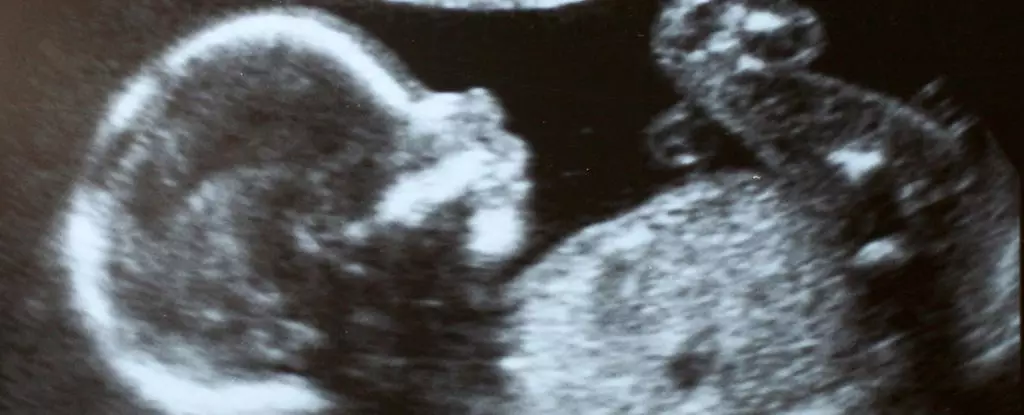In an unprecedented medical advancement, doctors in the United States have embarked on a groundbreaking approach to treating a congenital disorder, spinal muscular atrophy (SMA), before birth. This innovative case study is a stark reminder of the evolving capabilities of prenatal medicine, emphasizing early intervention strategies that could reshape how certain genetic disorders are managed. Instead of waiting for a child to be born and then launching into a potentially delaying and often desperate search for effective treatment, this case introduces the idea of commencing therapy while the fetus is still in the womb.
The urgency underlying this advance is particularly poignant in light of the condition’s severe ramifications. SMA type 1, which often leads to debilitating muscle weakness and respiratory distress, is typically fatal by the age of two. The study documents the journey of a mother who previously endured the heartbreak of losing a child to SMA. When faced with the possibility of another affected pregnancy, she opted for an experimental treatment plan which aimed not at reactive treatment post-birth but proactive intervention during gestation.
The treatment in question, risdiplam (brand name Evrysdi), was initially approved by the U.S. Food and Drug Administration (FDA) in 2020 for use in children aged two months and older. This therapeutic agent operates on a molecular level to elevate the levels of survival motor neuron (SMN) protein, a crucial substance severely lacking in SMA patients. Prior studies have shown that SMN deficiency leads to the degeneration of motor neurons, which is exacerbated before symptoms manifest. This underlying pathology is why timing is critical; the earlier a child begins treatment, the better the outcomes.
In this case, the mother administered risdiplam daily for six weeks leading up to the child’s birth. The mechanism facilitated the transfer of the drug to the fetus through umbilical blood flow. Post-birth treatment transitioned to the child receiving the medication directly. This marked a significant shift in the traditional treatment paradigm and showcases how prenatal testing and modern therapeutics can interact creatively to stave off the devastating effects of genetic disorders.
The results from this single case study are undeniably encouraging. As of now, the infant has surpassed the critical two-year mark, which is typically rife with complications characteristic of SMA type 1, including severe muscle weakening and respiratory failure. The treated child exhibits no clinical manifestations of the disease, raising hopes and questions among the medical community regarding the broader implications of such interventions. Pediatric neurologist Michelle Farrar emphasizes the milestone achievements of the child, highlighting the promise of such early therapeutics.
However, while optimism abounds, experts stress the importance of caution. The authors of the correspondence accompanying this case study have pointed out that these findings, while hopeful, cannot be generalized to a broader population. Each case is unique, and the variability of disease expression in different infants necessitates further exploration before endorsement as a standard protocol.
Looking ahead, the implications of this case could influence medical practice guidelines and regulatory perspectives regarding prenatal treatments for genetic conditions. If subsequent cases yield similar success, healthcare providers and advocates might be inspired to pursue regulatory approvals for such early interventions, potentially transforming the standard of care for SMA and other congenital disorders.
As we stand on this precipice, the thought of treating conditions in utero opens a Pandora’s box of ethical, medical, and social considerations. It challenges traditional norms regarding consent and parental expectations and poses a need for comprehensive discussions about the responsibilities tied to such advanced medical strategies.
Through concerted efforts and ongoing research, there remains hope that this pioneering initiative can pioneer a new chapter in the fight against SMA, ultimately leading to improved life outcomes for affected infants and their families.

